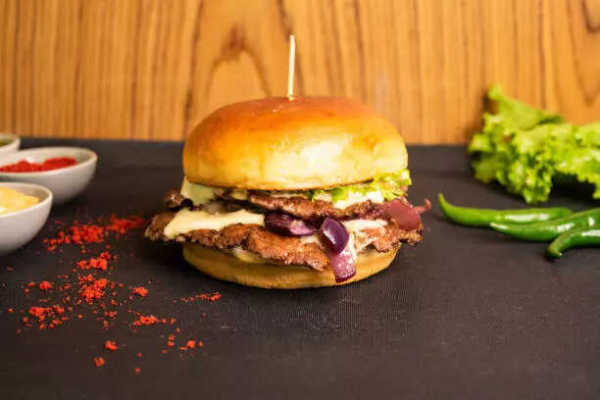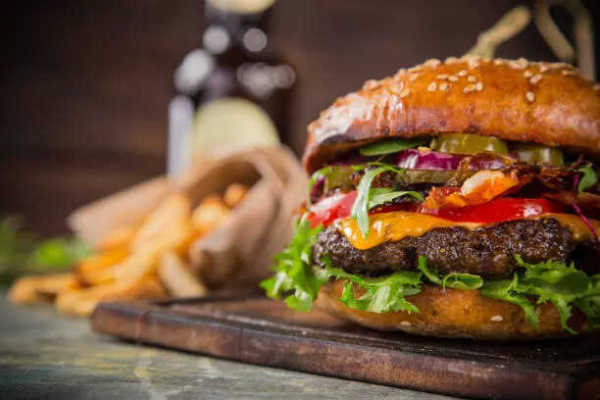
Take a bite of a hamburger, and your taste buds know exactly what’s coming: the soft give of a bun, the warm, juicy patty, the tang of ketchup, the crispness of lettuce. But stop for a moment and think about the name. Hamburger. Ham. And yet… no ham anywhere. It is a puzzle hiding in plain sight, a quirk of history and language that goes back centuries. Scroll down to uncover the story.
From Hamburg with love

The story starts far from American diners, in the bustling port city of Hamburg, Germany. In the 1800s, minced, seasoned beef began to take shape; locals called it the Hamburg steak. A thick patty mixed with onions, breadcrumbs, and a whisper of spice, pan-fried until crispy on the edges but tender inside. It was practical, hearty, and unmistakably tied to the city’s name.
Crossing the Atlantic
When Germans began migrating to the United States - they brought their food along. Hamburg steak appeared on menus in modest New York eateries, often accompanied by potatoes or gravy. It was inexpensive, filling, and comforting, a little taste of home in a new world.
The bun makes its debut

Some inventive cook, somewhere along a busy street or fairground, had the idea to place the steak between slices of bread. Portable, tidy, and perfect for a working-class lunch. The hamburger as we know it was born, still carrying the old name, still full of flavor, now ready to travel across the country and eventually, the world.
The “Ham” confusion
English speakers naturally assumed the meat must be pork, and the name only reinforced the misconception. In truth, the “ham” comes from Hamburg, not the animal. Over time, “burger” became flexible: cheeseburgers, veggie burgers, chicken burgers; a linguistic and culinary evolution born from a simple misunderstanding.
More than just a meal

The hamburger isn’t just food. It’s a story: German immigrants bringing tradition to America, vendors solving the problem of portability, and a name that carries history, accident, and humour all in one. Next time you bite into a burger, remember: you’re not eating ham - you’re eating centuries of migration, invention, and a little linguistic quirk, all tucked into a bun.
 Take a bite of a hamburger, and your taste buds know exactly what’s coming: the soft give of a bun, the warm, juicy patty, the tang of ketchup, the crispness of lettuce. But stop for a moment and think about the name. Hamburger. Ham. And yet… no ham anywhere. It is a puzzle hiding in plain sight, a quirk of history and language that goes back centuries. Scroll down to uncover the story.
Take a bite of a hamburger, and your taste buds know exactly what’s coming: the soft give of a bun, the warm, juicy patty, the tang of ketchup, the crispness of lettuce. But stop for a moment and think about the name. Hamburger. Ham. And yet… no ham anywhere. It is a puzzle hiding in plain sight, a quirk of history and language that goes back centuries. Scroll down to uncover the story.

 Some inventive cook, somewhere along a busy street or fairground, had the idea to place the steak between slices of bread. Portable, tidy, and perfect for a working-class lunch. The hamburger as we know it was born, still carrying the old name, still full of flavor, now ready to travel across the country and eventually, the world.
Some inventive cook, somewhere along a busy street or fairground, had the idea to place the steak between slices of bread. Portable, tidy, and perfect for a working-class lunch. The hamburger as we know it was born, still carrying the old name, still full of flavor, now ready to travel across the country and eventually, the world.
